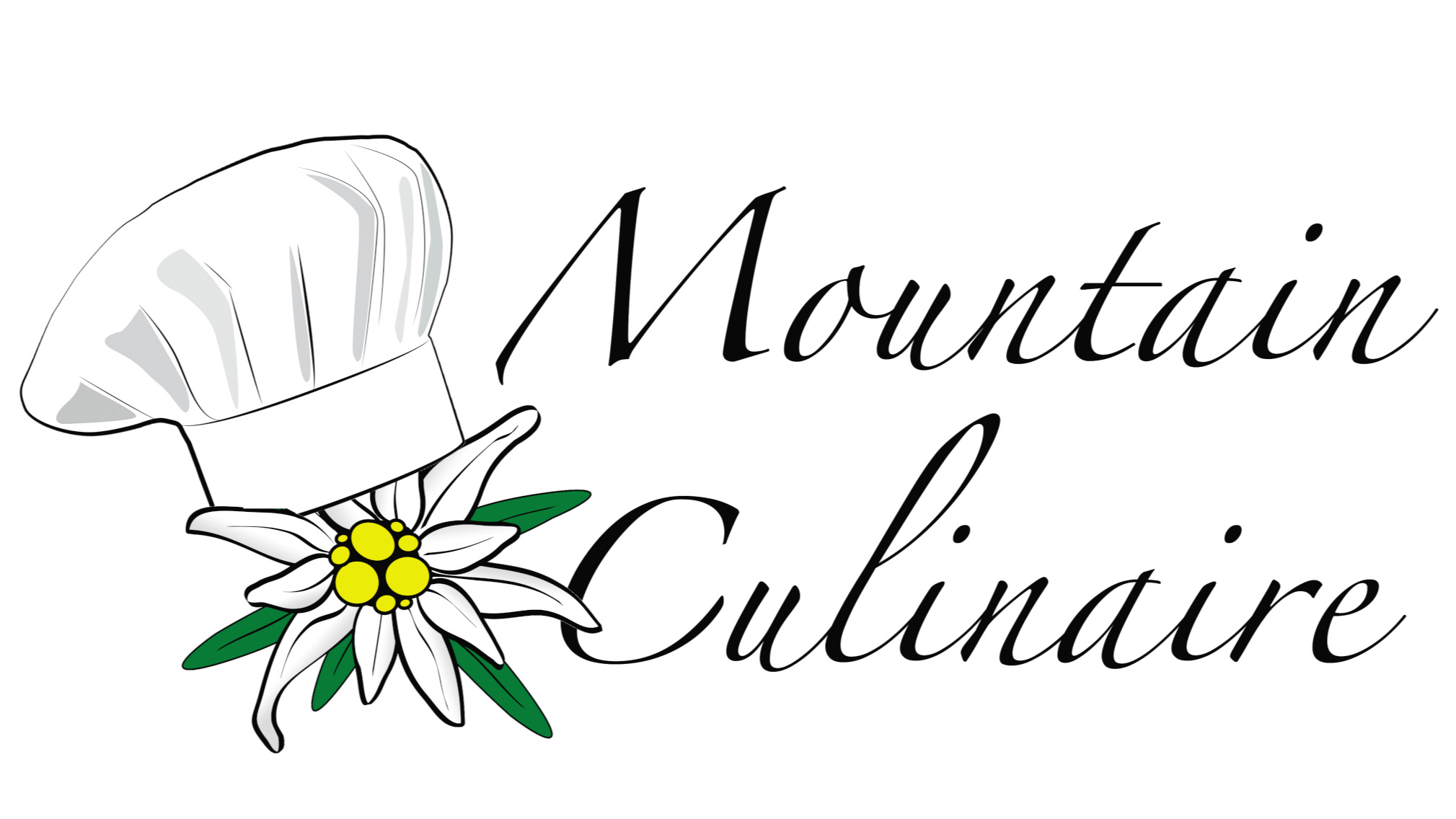Chef Knives: Culinary School
{I went to a culinary school a number of years ago and this piece was written during that time as the class rehearsed its newfound understanding.}
These are some of the things learned about choosing and caring for a chef’s knife. Of course, there was much wonderful information shared by our chef at culinary school, and these are several items that you might find useful. Next, naturally, we learned about techniques for cutting and chopping with said chef’s knife.
Did you know that it is best to hone your chef’s knife on a steel before every cooking session? Honing takes off minuscule burrs that develop during cutting and chopping. Hold the knife at a 20-degree angle to the steel, and swipe your knife toward the tip at least 3 or 4 times on each edge. If you hone a knife often, you should be able to get it professionally sharpened only every year or two. Local hardware or housewares stores often sharpen knives for a small fee.
For a good chef’s knife, you want one {or two} with an 8″ or 10″ blade {10″ being more of a professional size}. Choose a knife with a tang {the metal blade as it nears the handle} that extends all the way through the handle to the base. Choose a knife with a long bolster {the part of the blade that extends below the area you place your hand} and one that is comfortable and rounded, should your fingers rest against it.
An 8” or 10” blade might sound long for some tasks, but it will not be; you always want to use a knife long enough that the middle of the blade can rest on the food item {such as an apple or sweet potato or sausage} at the same time as the tip of the knife touches the cutting board. This arrangement allows the tip to stay on the board while you cut or chop, and allows the bulky part of the knife to pivot across the food item. This is the safest and most precise way to utilize a knife. For smaller food items {such as garlic or cilantro or hazelnuts}, the 8” or 10” will likewise be marvelous for the reason that the weight of the knife does most of the work, and the length of the knife allows the job to be finished quickly as the knife moves across the food. A chef reaches for the chef’s knife no matter the size of task, the only exceptions being when a different style or weight of actual blade surface is needed. Other possible knives for various heavier or more detailed tasks are cleavers, boning knives, paring knives, and serrated knives. Serrated knives work well for slicing bread, tomatoes, and soft cheese.
You want a knife that feels comfortable in your hand and is properly weighted, feeling balanced when you hold it. Your chef’s knife is your main kitchen tool, and is used almost as an extension of your hand, so you want one that feels right to you. Expect to spend some money {$50-$200} on a good quality, durable and comfortable knife from a reputable company, preferably German-made or Japanese-made. Wusthof, J.A.Henckels {the German, not Chinese line}, and Forschner are great choices. At a kitchen store, ask to hold different knives to see how they feel in your own hand; the best stores will even have vegetables on which you can test the knives.
Never put your sharp knives in the dishwasher, as the blades will bang against other items and lose their edge. Do all you can to protect the blade from misuse. And, since it is so sharp, also be cautious of how you use it. Set it down a distance from the edge of the counter so that it does not get knocked off. Never put it in a sink that may get filled with water—or that already has water in it. Do not cut on glass or marble surfaces, but on hard plastic or wooden cutting boards; you do not want to damage the knife, nor damage any surface with the knife. Never use the knife to cut paper or plastic, as this dulls a knife {and is the job for scissors}.
Store sharp knives blade-up in a wooden knife block so the edges don’t get dull. Alternative ways to store knives properly are in plastic or rubber cases {once knives are thoroughly dry}, on a rubbery drawer liner that keeps them in place, or on a magnetic strip on the wall. Never put knives loosely in a drawer with other items to bang against each other.
ALWAYS, with no exceptions, carry a knife at your side with the blade pointing down and backwards. NEVER carry it in front of you; this is especially vital for safety if other people are using the kitchen. If a knife starts to fall, move out of the way; never try to catch it. Wear closed shoes in the kitchen while cooking—not bare feet or open-toed shoes.
Use good quality kitchen tools; take care of them so they last for decades; exercise safety while using them.

